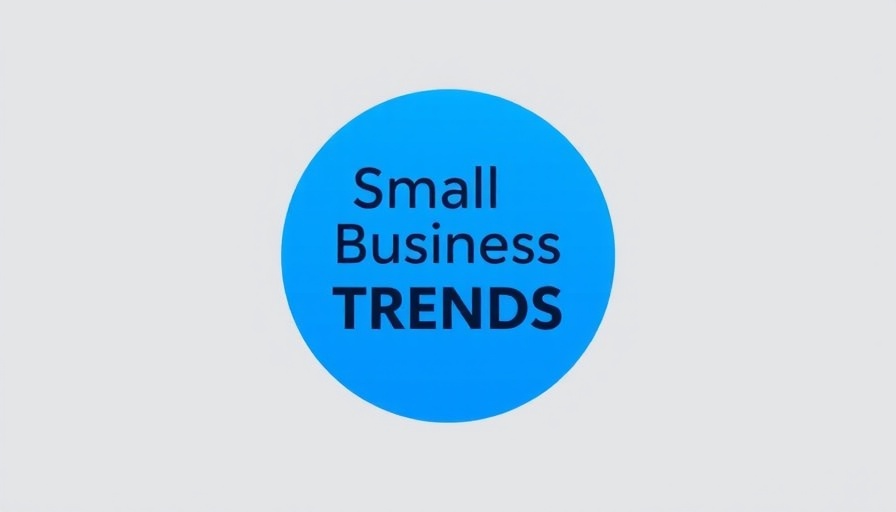
Uncovering a Major Fraud Scheme
In a striking revelation, federal prosecutors have revealed the indictment of seven individuals involved in an extensive scheme that defrauded the United States of more than $600 million. Operating primarily in Central Islip, New York, these defendants are accused of submitting over 8,000 fraudulent tax returns exploiting COVID-19-related employment tax credit programs.
The Mechanics of the Fraud
This operation spanned from November 2021 to June 2023 and centered on two essential tax credits: the Employee Retention Credit (ERC) and the Paid Sick and Family Leave Credit (SFLC). Both programs were introduced to support businesses amidst the economic fallout of the pandemic by incentivizing them to keep employees on payroll and compensating them for COVID-related absences. However, the defendants—Keith Williams, Jamari Lewis, Morais Dicks, Janine Davis, Tiffany Williams, James Hames Jr., and Ewendra Mathurin—allegedly manipulated the system to their advantage, resulting in fraudulent claims that amounted to billions.
How the Scheme Worked
Central to this conspiracy was Keith Williams’ credit repair firm, Credit Reset, which acted as a front for tax preparation services. The defendants fraudulently claimed amounts that exceeded actual wages, filed concurrent claims for sick leave and family leave wages, and sought repayment for the same wages under both credits—practices that are explicitly illegal.
Financial Toll and Legal Consequences
To further compound their fraudulent activities, the accused engaged in identity concealment tactics, including failing to identify themselves as paid preparers on the tax returns and employing Virtual Private Networks to conceal their IP addresses. Through these manipulative practices, the IRS disbursed approximately $45 million in refunds before the scheme was brought to light. The list of charges against them includes conspiracy to defraud the United States and multiple counts related to wire fraud, each carrying severe penalties that could total up to several decades in prison.
The Wider Implications of Fraud
This case is not just a legal matter but raises critical concerns about the integrity of the financial systems put in place to support struggling businesses. As the economy continues to recover from the pandemic, it becomes paramount for business owners to understand the potential pitfalls in claiming government aid and navigate the programs responsibly. The repercussions of such fraud extend beyond the guilty parties; they can undermine public trust in essential relief programs.
Avoiding Similar Scenarios
For CEOs, CFOs, and business owners seeking financial support, this case serves as a cautionary tale. Transparent and honest dealings with government programs not only safeguard one’s business from scrutiny but ensure that funds intended for legitimate aid reach those who need it most. By prioritizing ethical practices, business leaders can help maintain the integrity of the financial system while securing their own company's stability.
In conclusion, as government programs evolve, staying informed of compliance requirements will become increasingly vital. By learning from the cautionary tales of others, leaders can make informed decisions that safeguard their businesses and contribute to a more resilient economic environment.
 Add Row
Add Row  Add
Add 



Write A Comment